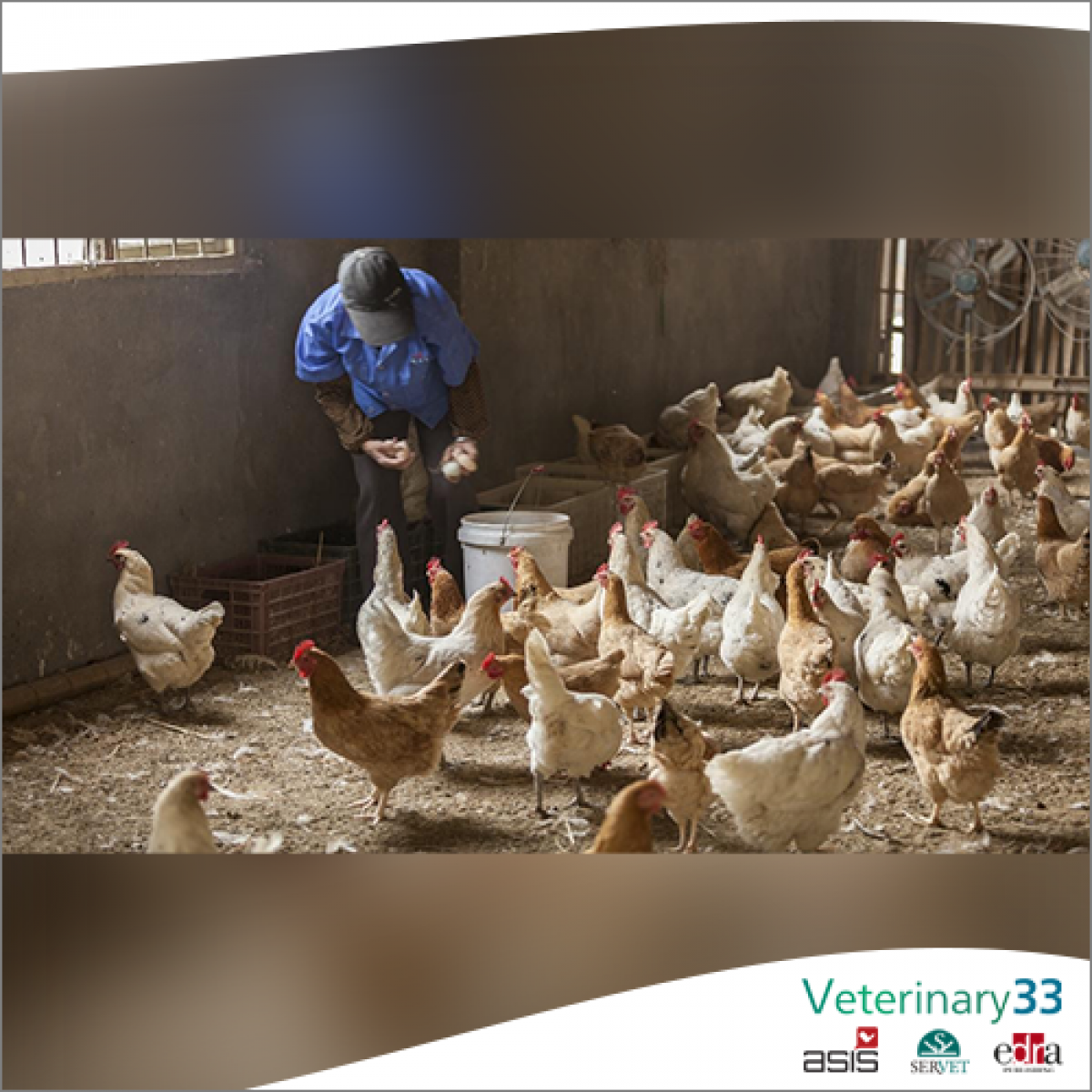Poultry and humans share similar preferences for temperature
A study from the Technical University of Munich also found that cows, pigs and even agricultural crops are comfortable in the same thermal range.
Poultry and humans share similar preferences for temperature, according to recent research published in The Lancet Planetary Health. The study, which was carried out at the Technical University of Munich (TUM), Germany, also found that cattle, pigs and even agricultural crops liked the same temperature range.
The comfortable temperature range for poultry is 15-20ºC and birds experience mild heat stress at 30ºC. At 37ºC and above, hens experience high heat stress and their egg-laying rate decreases. If people are exposed to temperatures above 32 ° C at extremely high humidity or above 45 ° C at very low humidity for a long period of time, it can be fatal.
Heat stress in general leads to reduced growth in chickens, dairy cows, pigs and other livestock, which means both lower yields and reproductive rates: “There are examples of evolutionary adaptations to hot weather in terrestrial mammals. Naked Transylvanian chickens are more heat tolerant than other chicken varieties due to a complex genetic mutation that suppresses feather growth. They are naturally air-conditioned because they lack feathers, ”explains Professor Senthold Asseng, professor of digital agriculture at TUM.
Professor Asseng added that climate change would cause intense problems for humans, poultry and other animals and crops by 2100: “By the end of the century, 45-70% of the world's land area could be affected by climatic conditions. in which humans cannot survive without technological support, such as air conditioning. It is currently 12%. "
“This means that in the future, 44 to 75% of the human population will suffer from chronic heat stress. A similar increase in heat stress is expected for livestock, poultry, agricultural crops and other living organisms, "he added.
Strategies to mitigate rising temperatures
Professor Asseng advocates a variety of strategies to mitigate increased heat stress, including increasing the natural shade of trees or buildings. Cities and buildings can help lower temperatures by insulating roofs and walls, or by using lighter and more reflective colors to reduce thermal stress. Despite the genetic adaptation of Transylvanian chickens, many generations are needed.
“The time available is too short for many higher life forms. If current climate trends persist, many living things could be severely affected or even completely disappear from Earth due to the change in temperature, ”concluded Asseng.
• The review was published in The Lancet Planetary Health. https://www.thelancet.com/journals/lanplh/article/PIIS2542-5196(21)00079-6/fulltext



.jpg)










List
Add
Please enter a comment